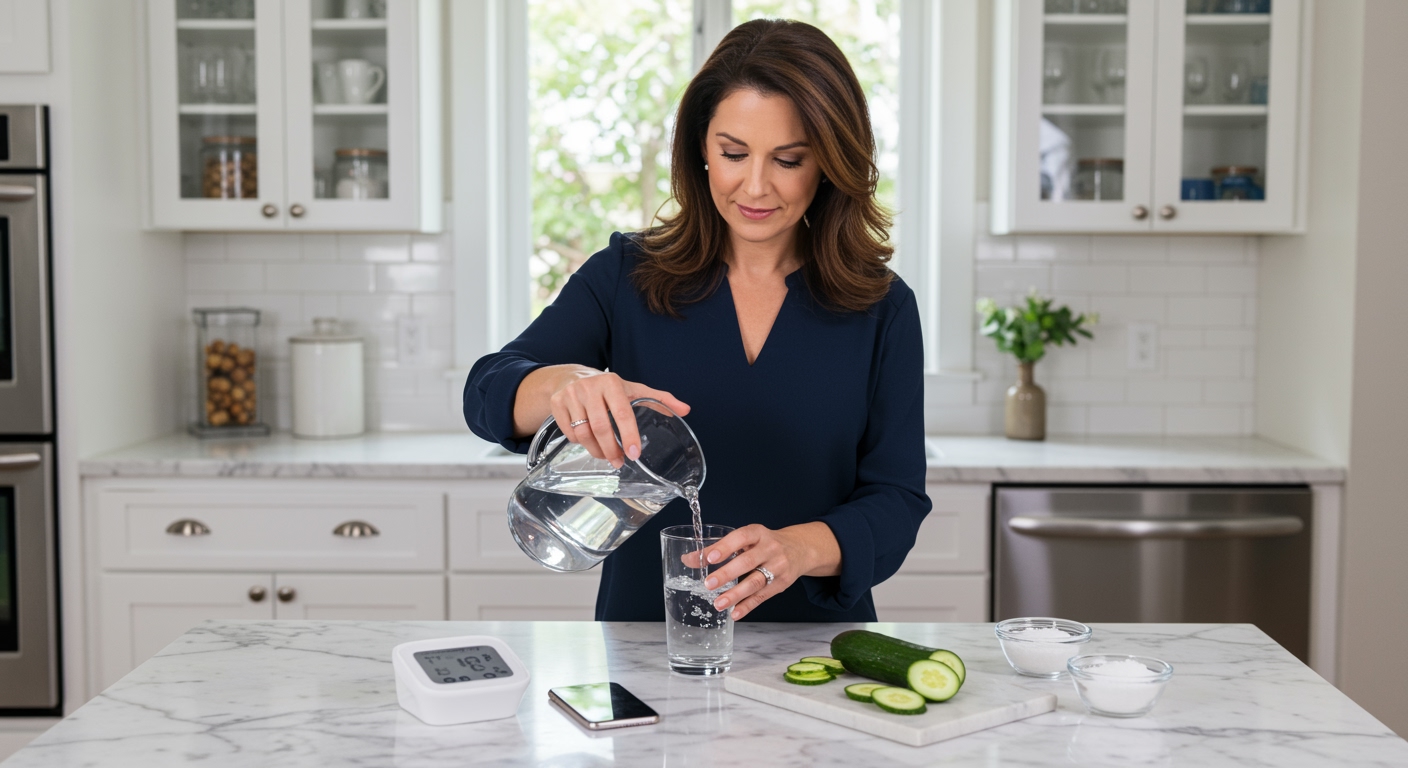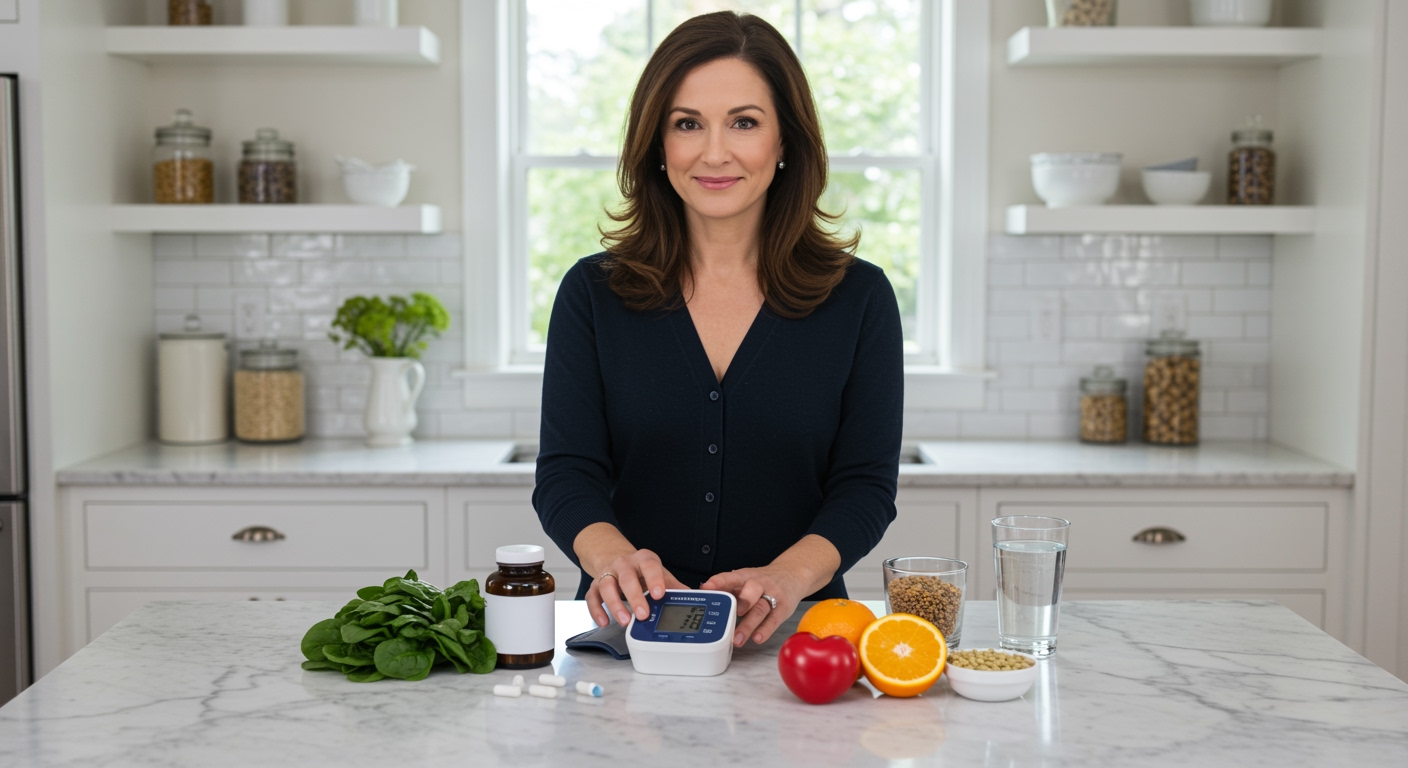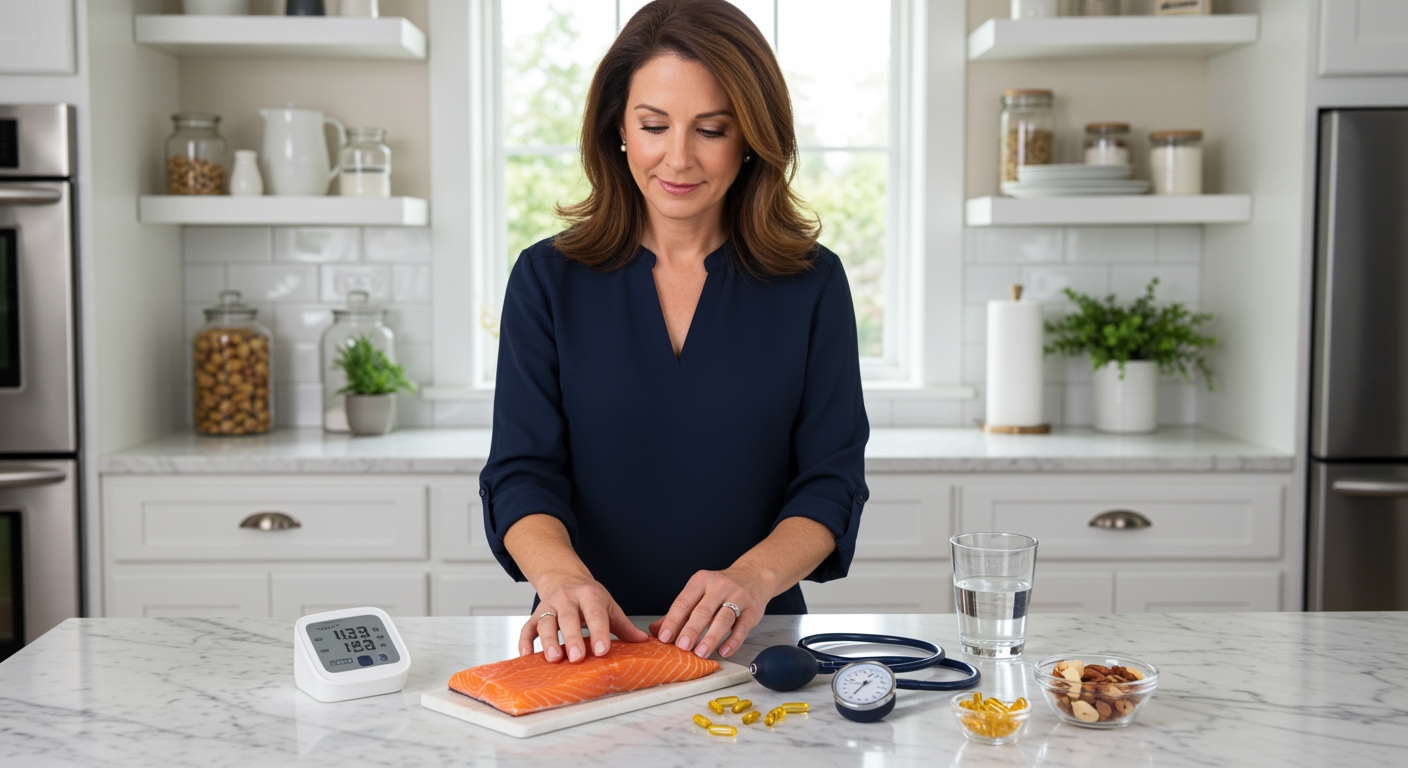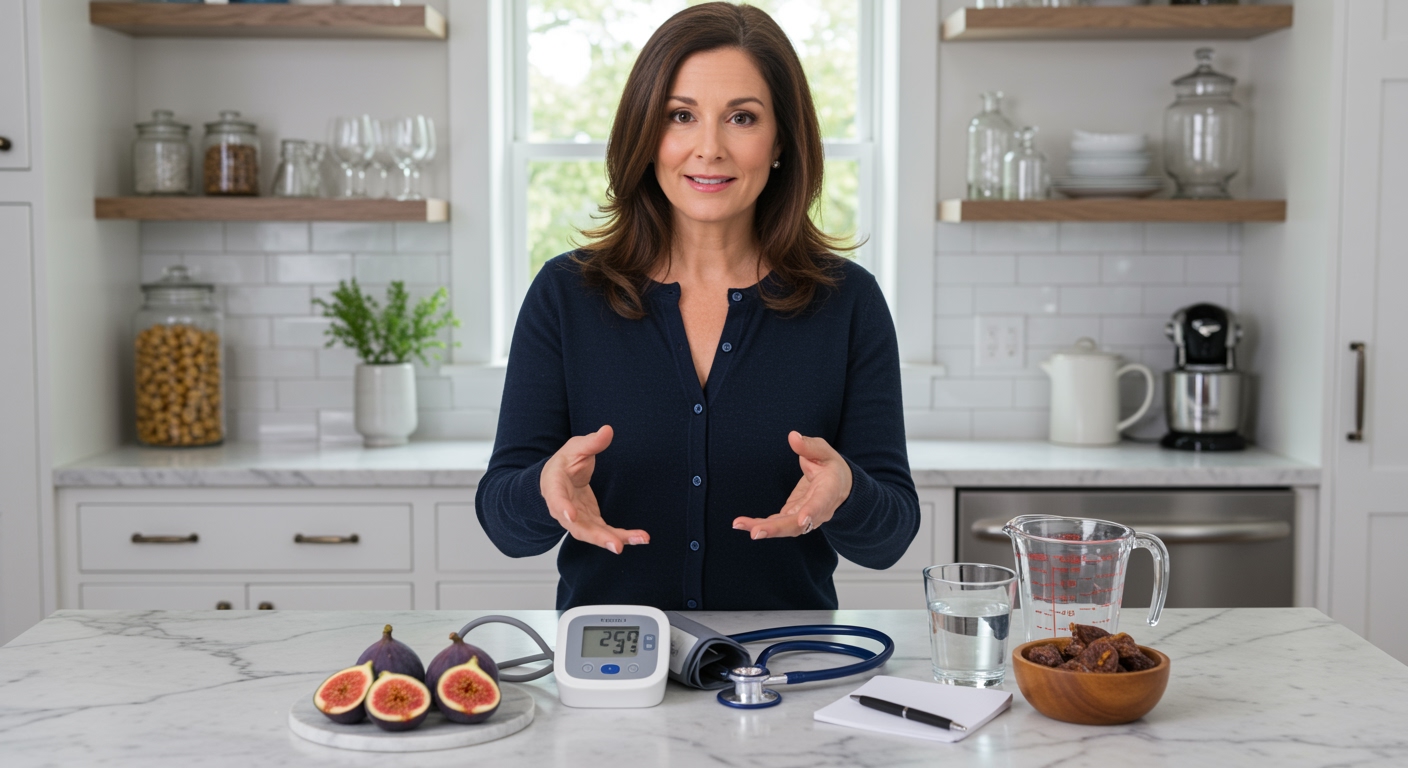✪ Key Takeaway: Water helps low blood pressure only when dehydration is the cause, but it cannot fix chronic hypotension from other medical conditions.
Introduction
Your blood pressure drops to 90/60 mmHg and you feel dizzy every time you stand up.
Someone tells you to drink more water because dehydration causes low blood pressure, but you wonder if this simple solution actually works for your condition.
Hi, I’m Abdur, your nutrition coach and today I’m going to explain exactly how water affects low blood pressure and when hydration can actually help your symptoms.
How Does Dehydration Actually Lower Blood Pressure?
Your blood is approximately 55% water, and when you lose too much fluid, your blood volume decreases significantly.
Think of your circulatory system like a garden hose filled with water.
When you drain half the water from that hose, the pressure drops because there is less fluid pushing against the walls.
Your heart works the same way – when blood volume drops from dehydration, there is less fluid for your heart to pump through your arteries.
This reduction in blood volume directly causes your systolic and diastolic numbers to fall below normal ranges.
Research shows that losing just 2% of your body weight through fluid loss can cause measurable drops in blood pressure readings.
Your kidneys also play a crucial role by releasing renin hormones when they detect low blood volume, but this compensation mechanism takes time to work effectively.
✪ Fact: Your body can lose up to 2 liters of water daily through breathing, sweating, and urination without you noticing.
When Does Water Actually Help Low Blood Pressure?
Water helps your blood pressure only when dehydration is the root cause of your hypotension symptoms.
If you have been sweating excessively, vomiting, or not drinking enough fluids for several hours, your low blood pressure likely stems from fluid loss.
In these cases, drinking 16-20 ounces of water can raise your blood pressure within 15-30 minutes as your blood volume increases.
Athletes who experience hypotension after intense workouts often see immediate improvement when they rehydrate properly with water and electrolytes.
However, if your low blood pressure comes from medications, heart conditions, or neurological disorders, drinking more water will not solve the underlying problem.
People with chronic hypotension from conditions like Parkinson disease or diabetes may drink gallons of water without seeing any meaningful change in their blood pressure readings.
The key is identifying whether your symptoms started after periods of fluid loss or if they persist regardless of your hydration status.
✪ Pro Tip: Check your urine color – pale yellow indicates good hydration while dark yellow suggests you need more fluids.
What Happens When You Drink Too Much Water?
Drinking excessive amounts of water can actually worsen your low blood pressure through a dangerous condition called water intoxication.
When you consume more than 1 liter of water per hour, your kidneys cannot process the excess fluid fast enough.
This leads to hyponatremia, where your blood sodium levels drop below 135 milliequivalents per liter.
Low sodium levels cause your cells to swell as water moves into them, creating additional stress on your cardiovascular system.
Your blood pressure may drop even further as your body struggles to maintain proper electrolyte balance and fluid distribution.
Symptoms of water intoxication include severe headaches, nausea, confusion, and dangerously low blood pressure readings that require immediate medical attention.
The safe approach is drinking water gradually throughout the day rather than consuming large amounts at once, especially if you already have hypotension issues.
✪ Note: Adults should limit water intake to no more than 800-1000ml per hour to prevent dangerous electrolyte imbalances.
What Works Better Than Plain Water For Low Blood Pressure?
Plain water alone may not provide the best results for low blood pressure because your body needs electrolytes to maintain proper fluid balance.
Sodium helps your kidneys retain water and increases blood volume more effectively than water by itself.
Adding a pinch of sea salt to your water or eating salty snacks can provide faster relief from hypotension symptoms than drinking plain water.
Coconut water contains natural potassium and sodium that help restore proper electrolyte levels while providing hydration.
Some people find that drinking caffeinated beverages like coffee or tea provides temporary blood pressure increases through vasoconstriction effects.
However, caffeine effects are short-lived and may cause rebound hypotension when they wear off after 3-4 hours.
The most sustainable approach combines adequate water intake with proper sodium consumption and regular meals to maintain stable blood pressure throughout the day.
✪ Pro Tip: Mix 1/4 teaspoon of sea salt in 16 ounces of water for a natural electrolyte solution that supports blood pressure.
The Bottom Line
Water helps low blood pressure only when dehydration is the underlying cause, but it cannot fix chronic hypotension from medical conditions or medications.
Smart hydration means drinking enough to stay healthy without expecting water to cure every blood pressure problem.
I would love to hear about your experience with hydration and blood pressure management, so please share your questions or thoughts in the comments below.
References
At NutritionCrown, we use quality and credible sources to ensure our content is accurate and trustworthy. Below are the sources referenced in creating this article:





